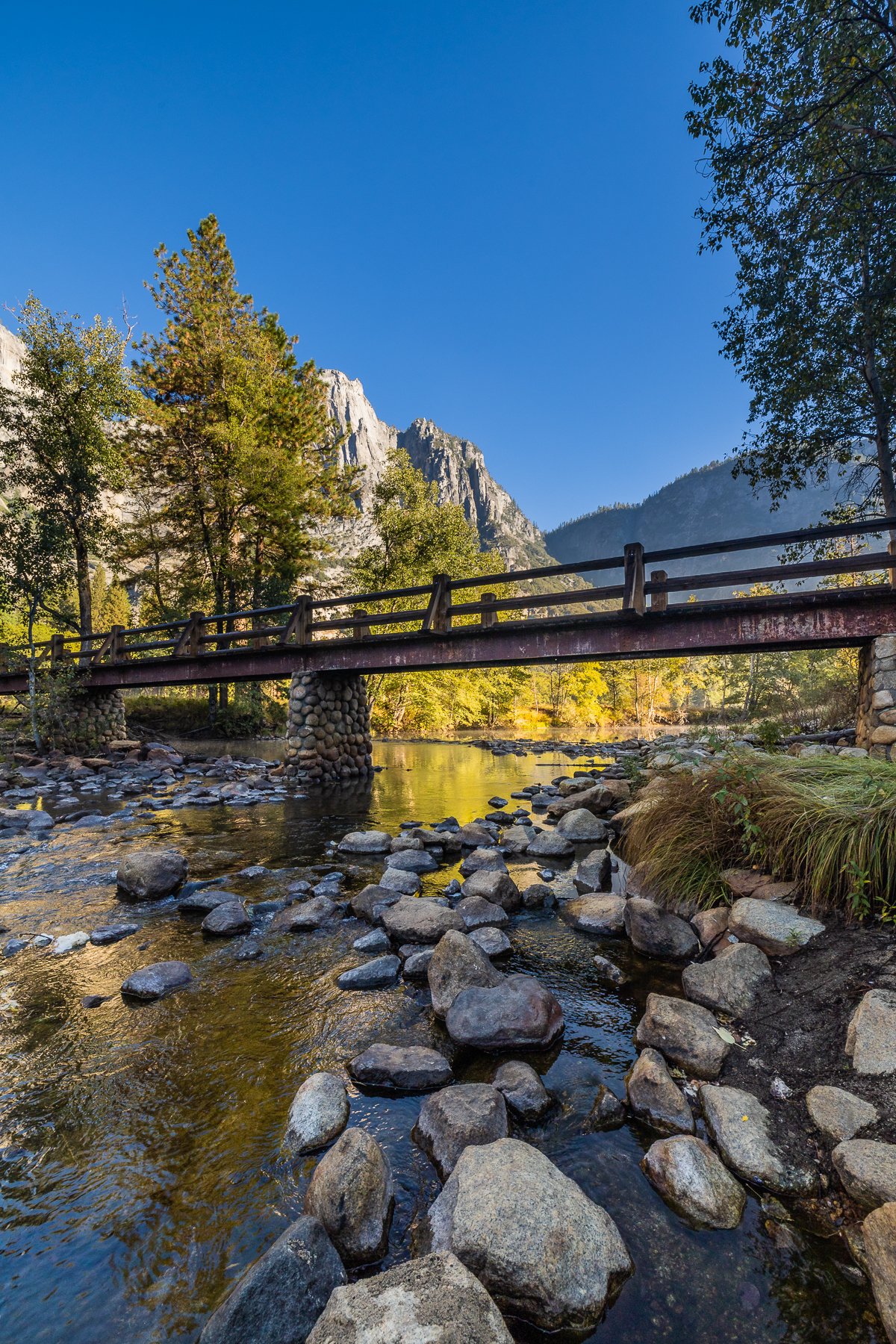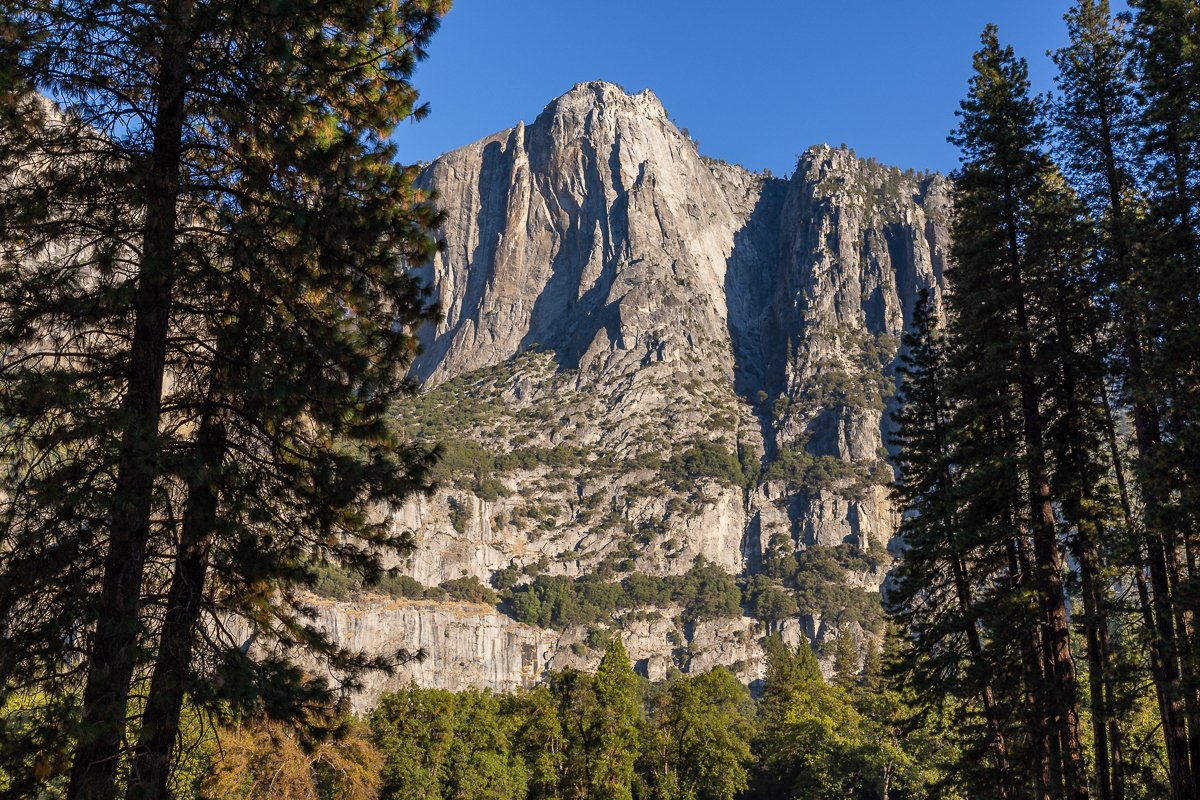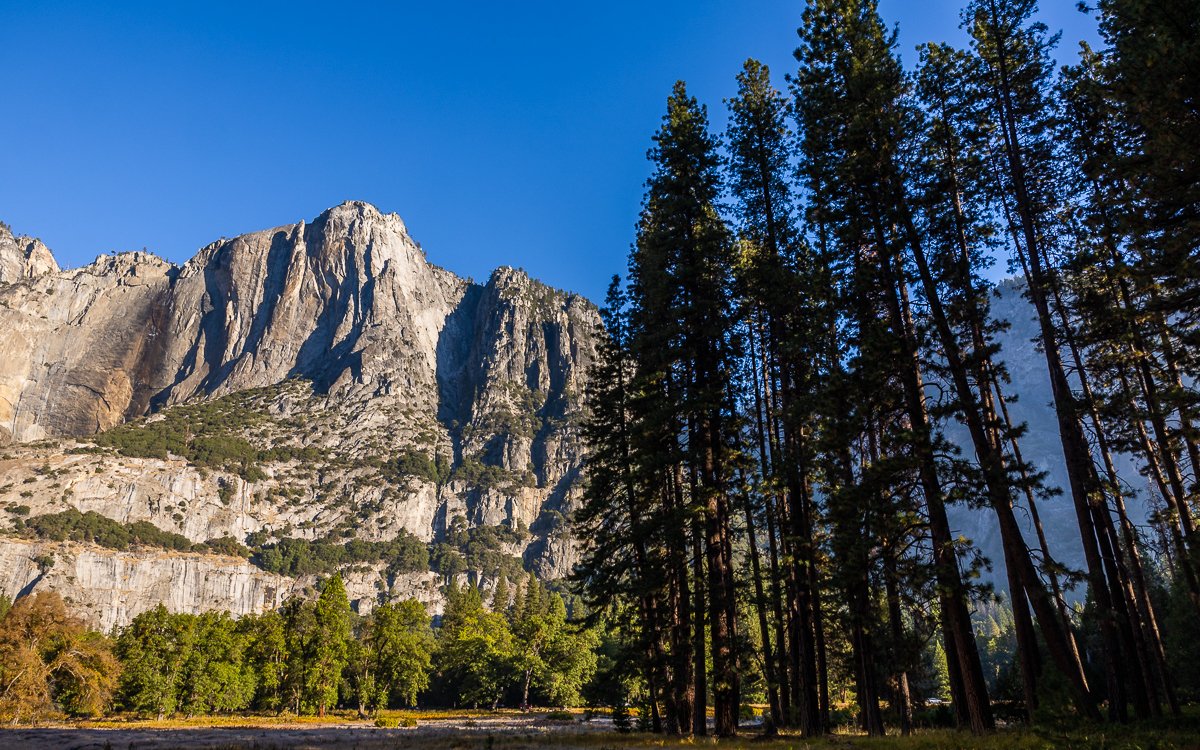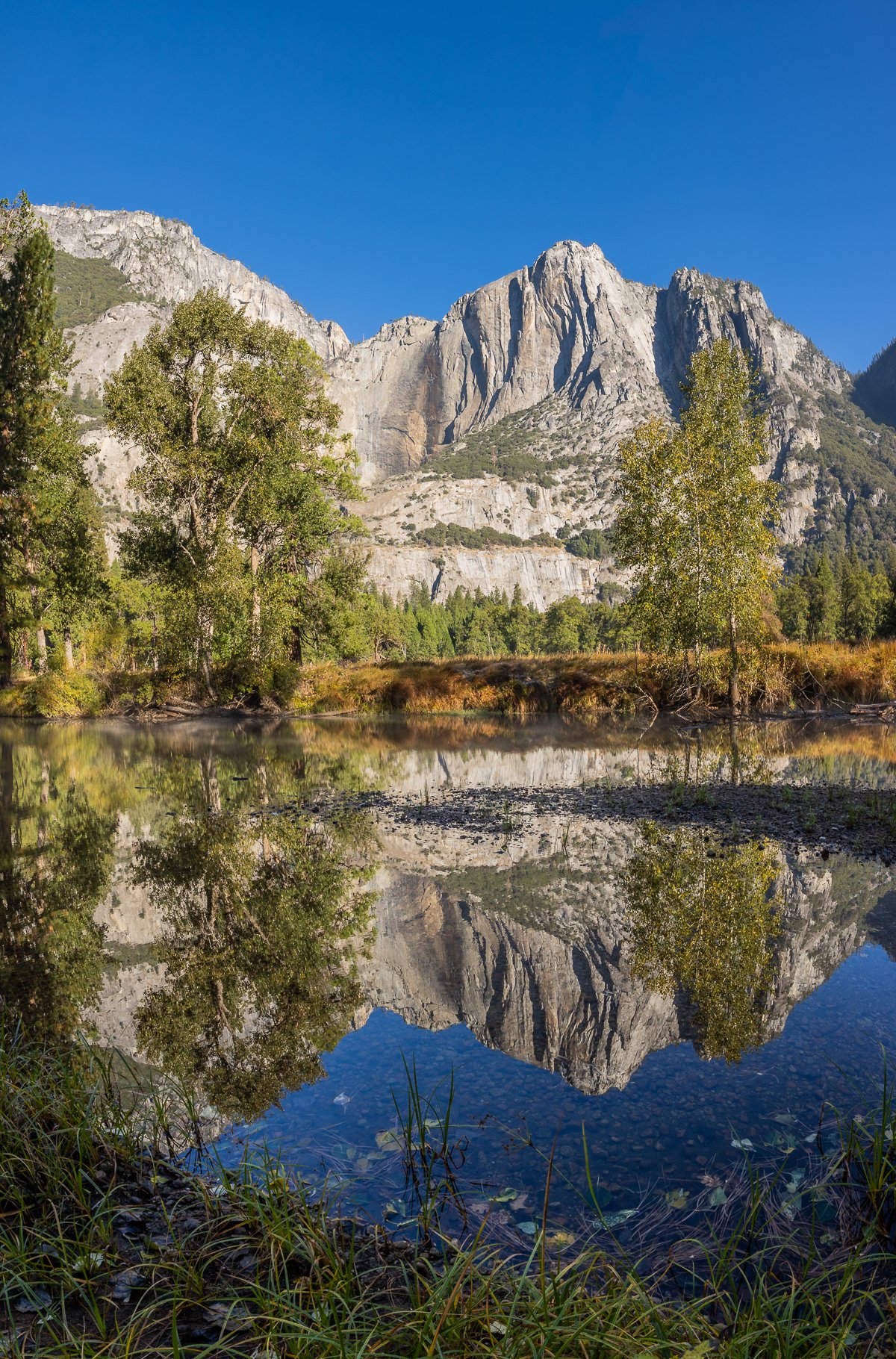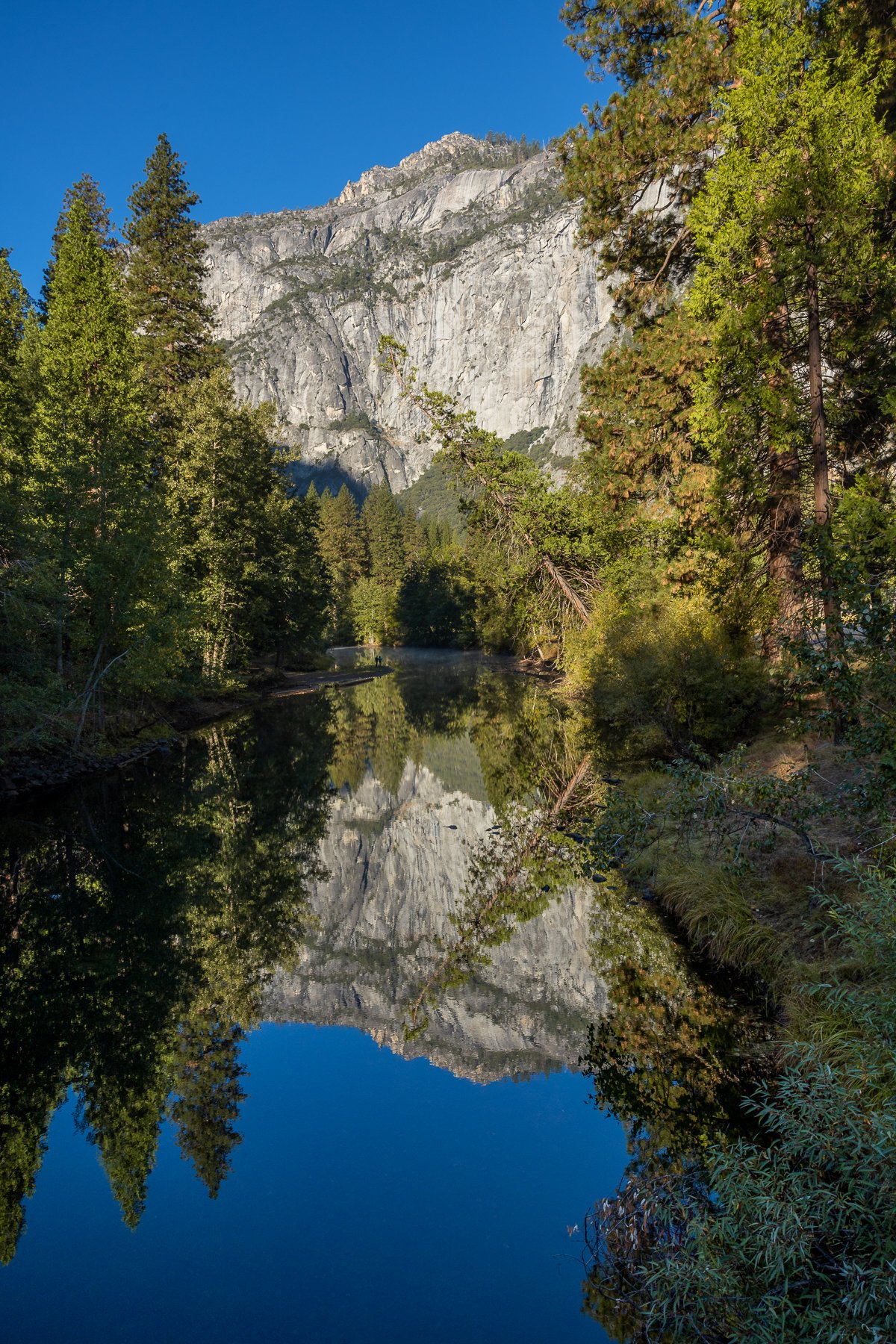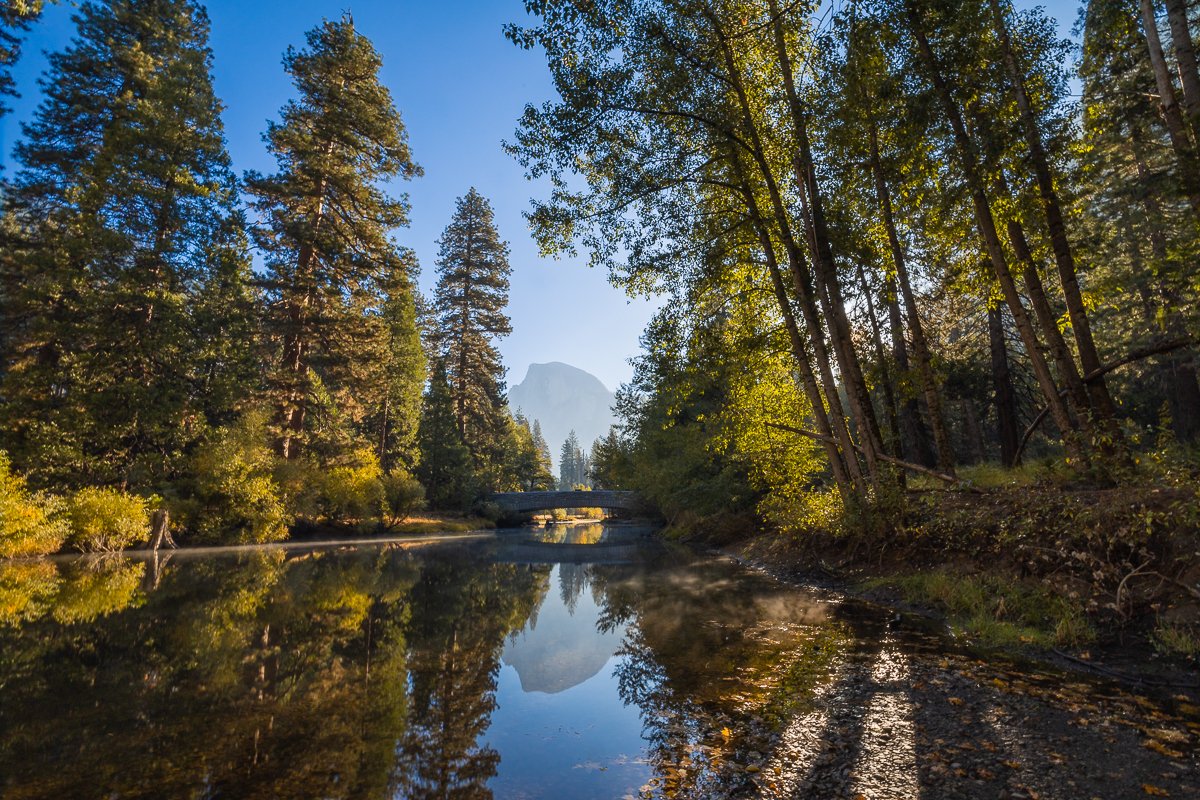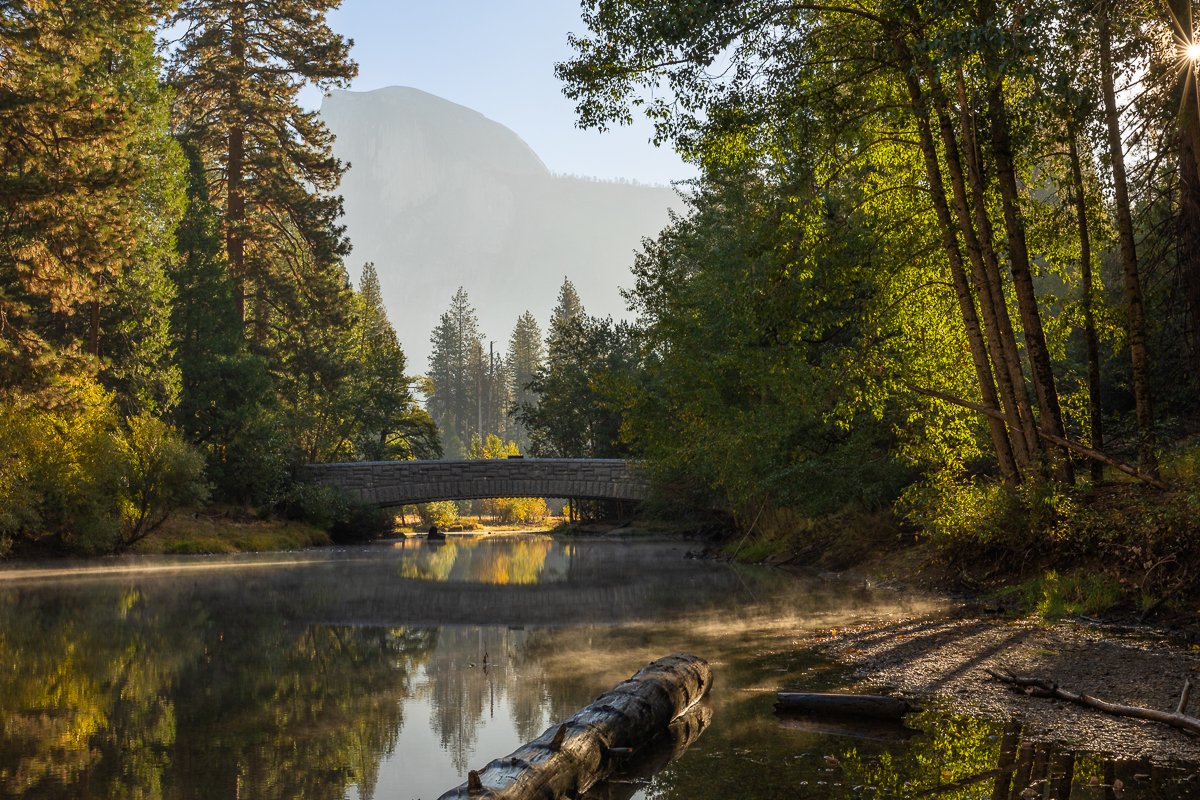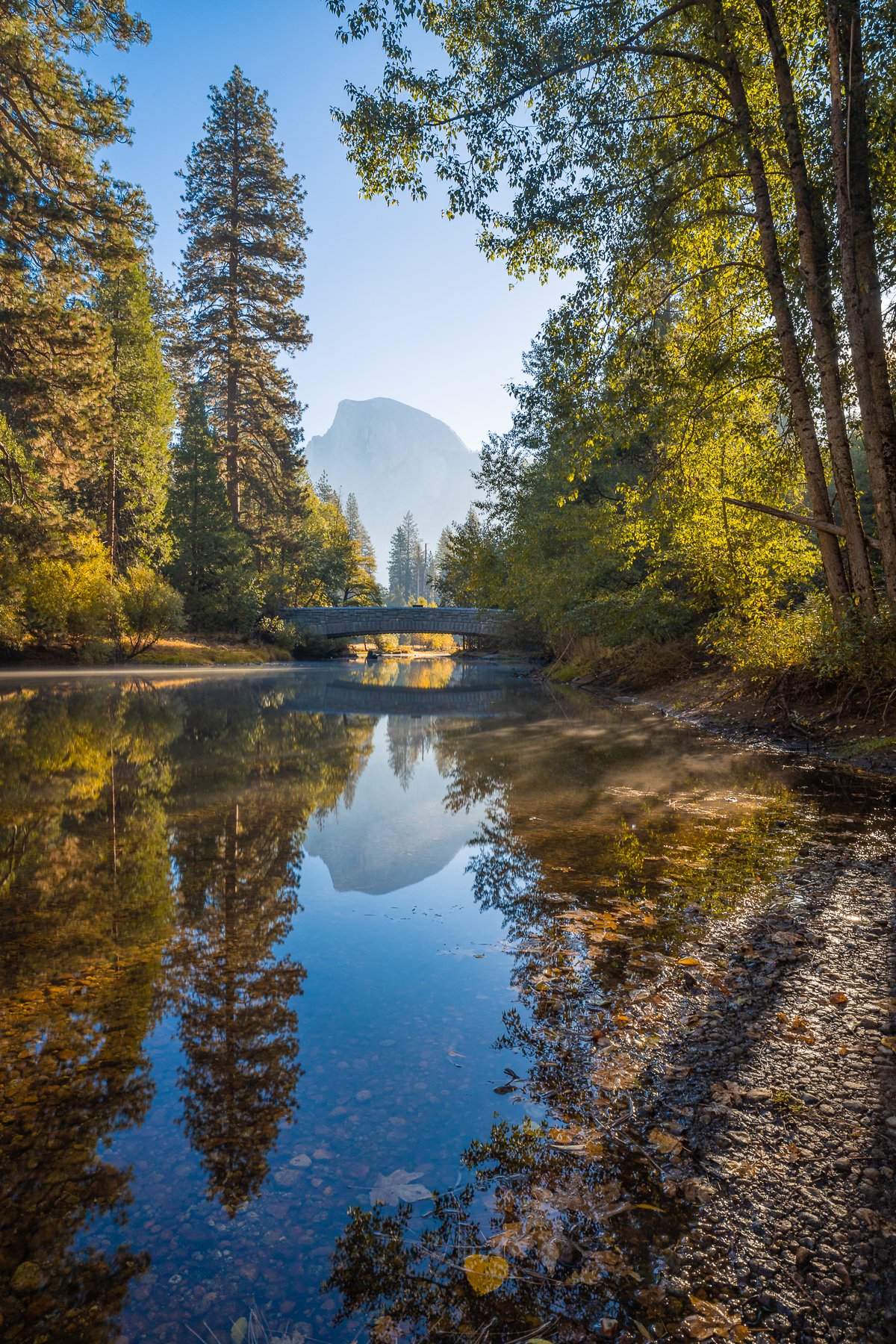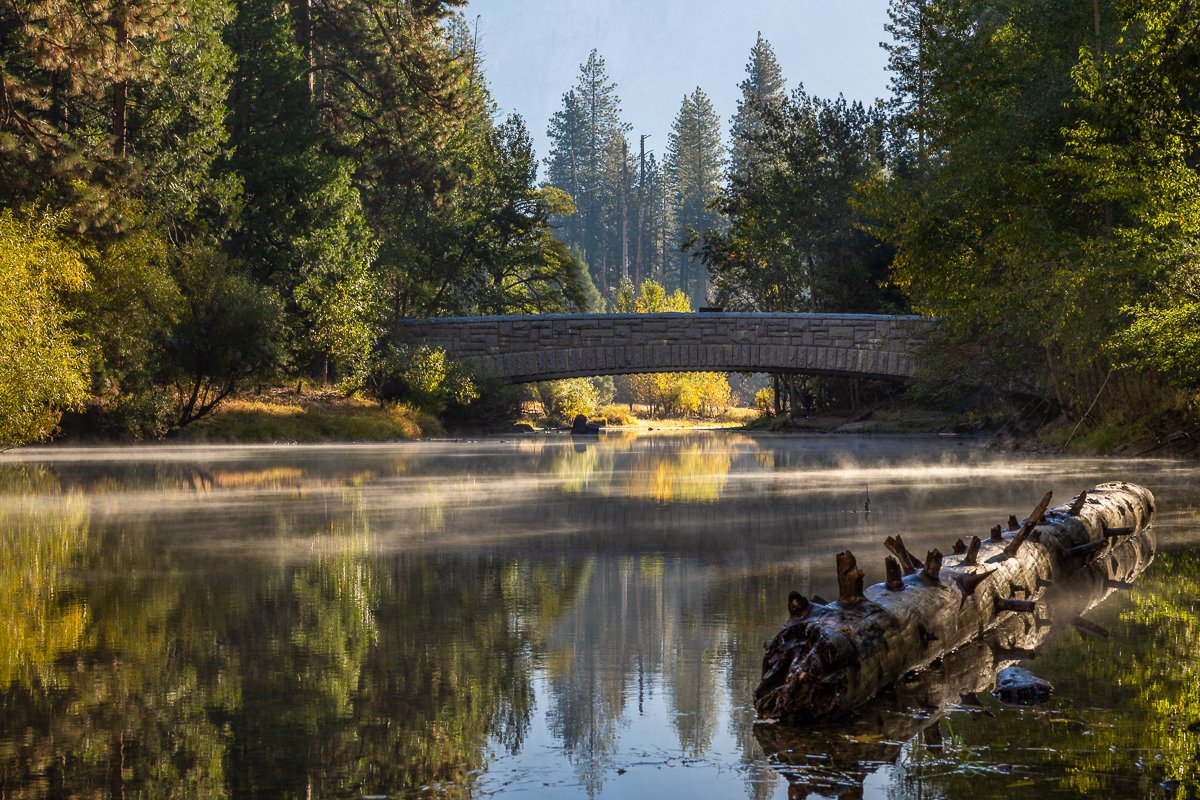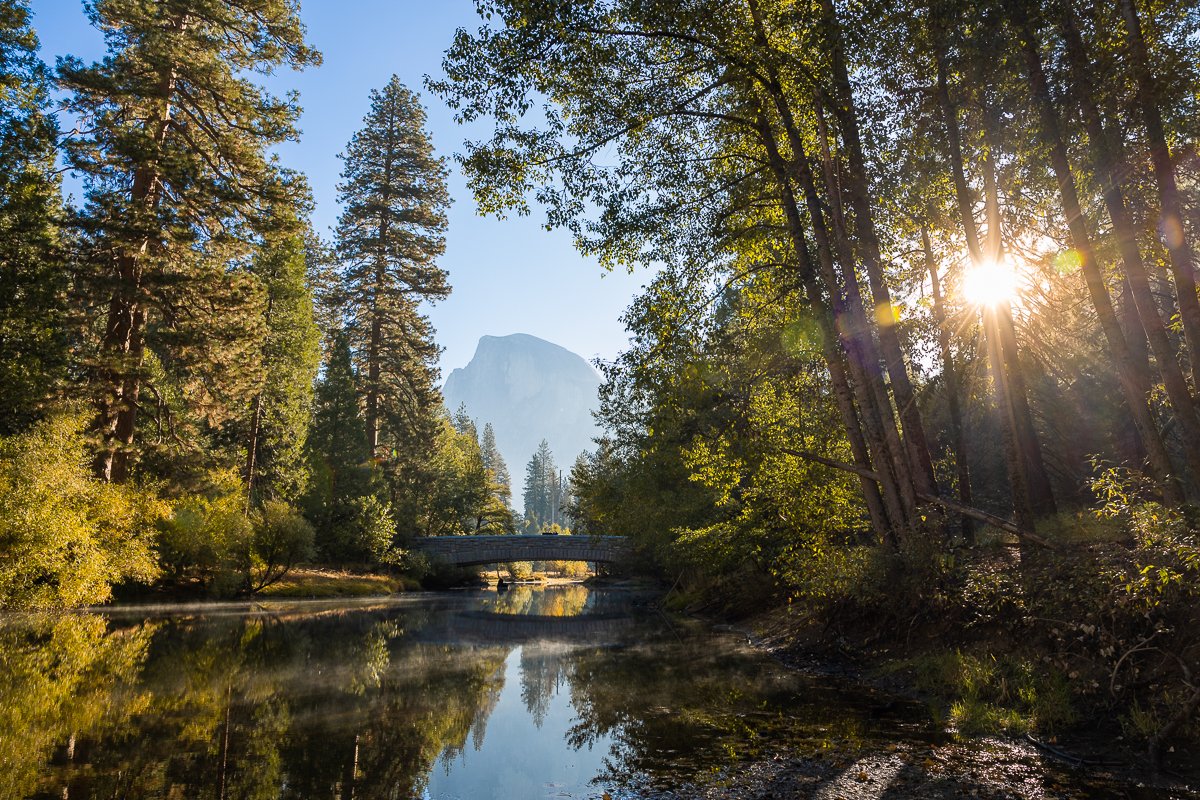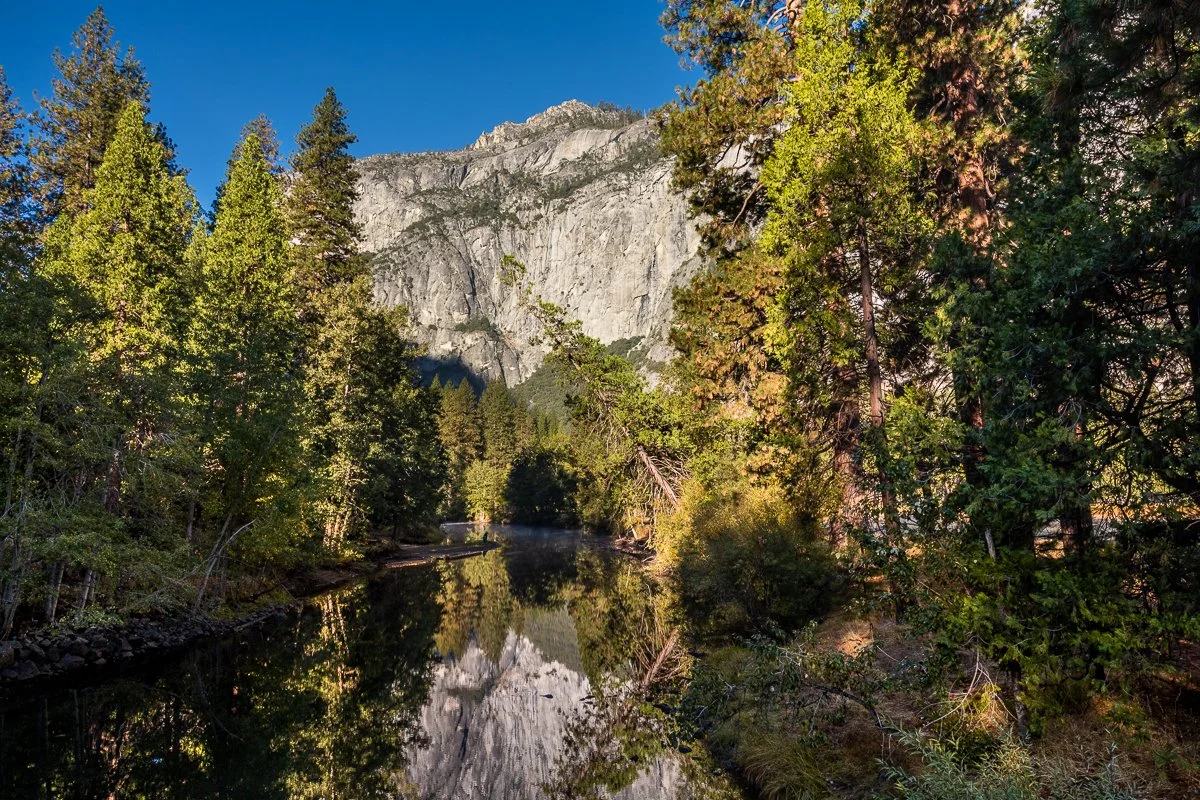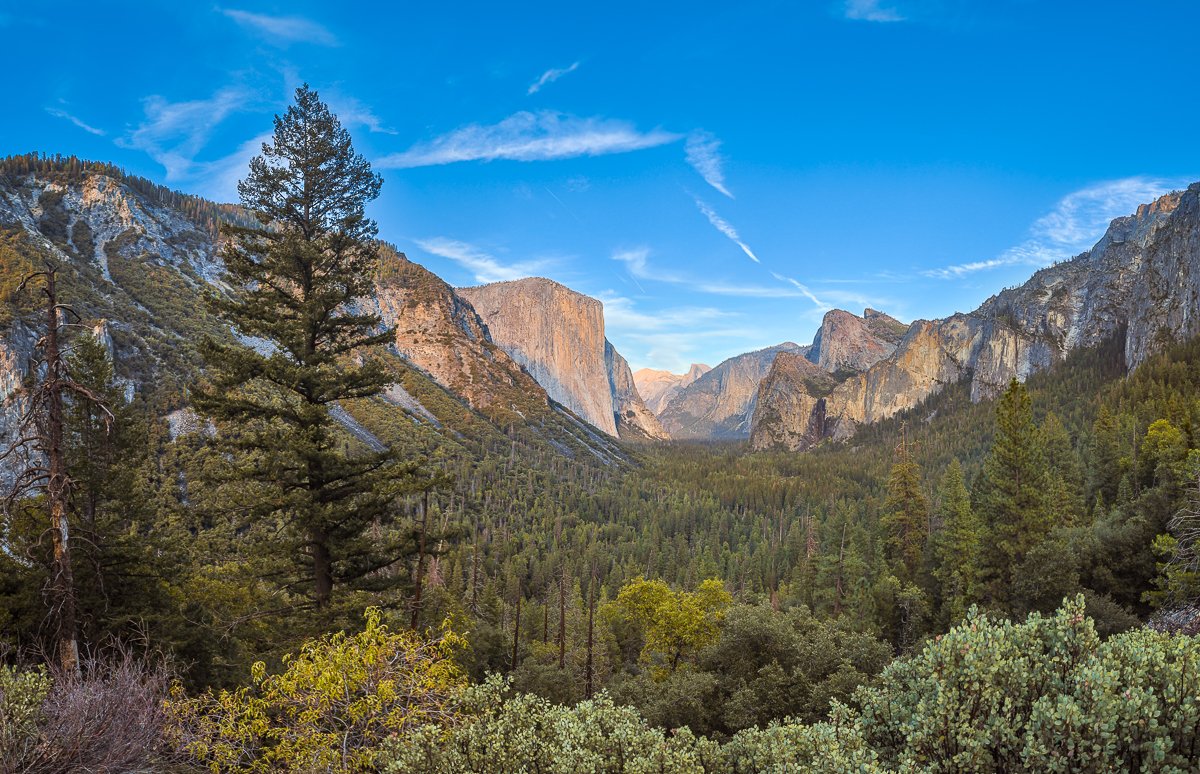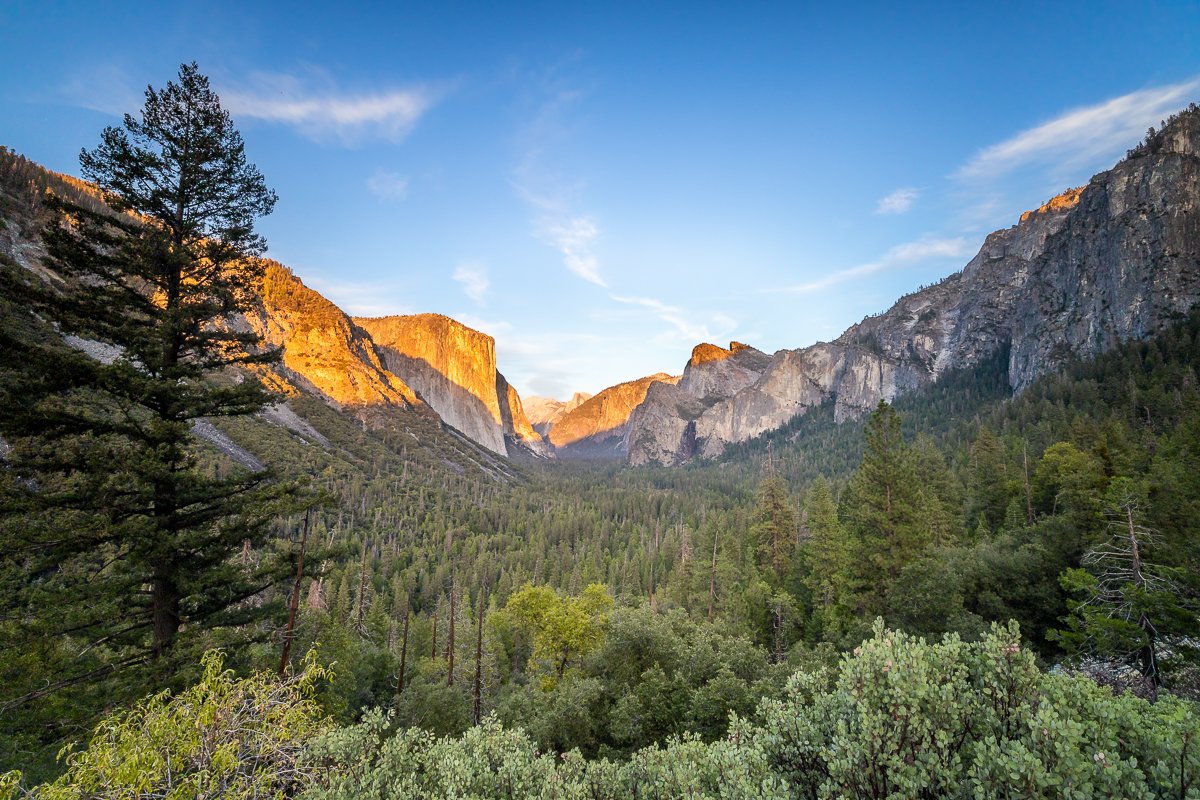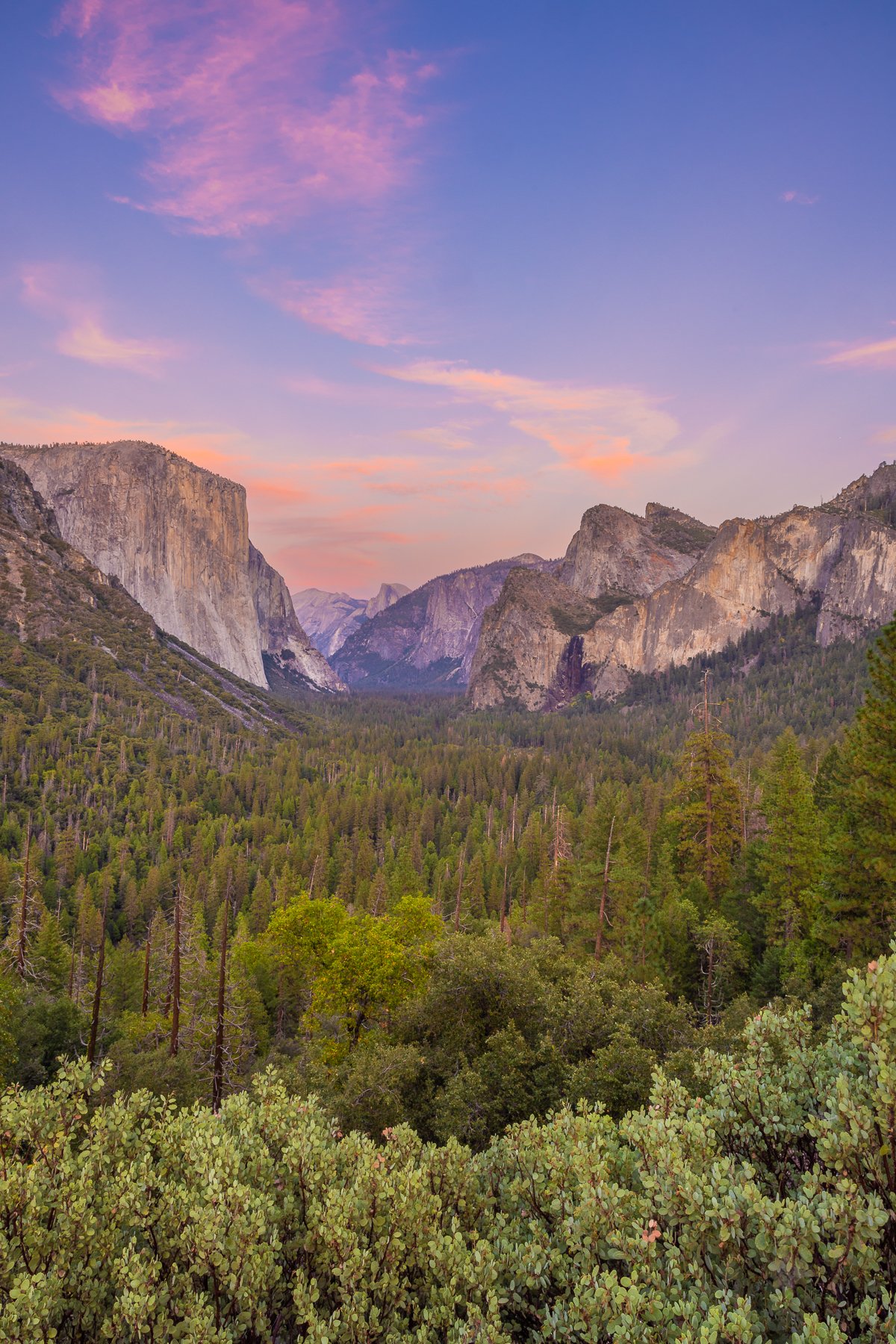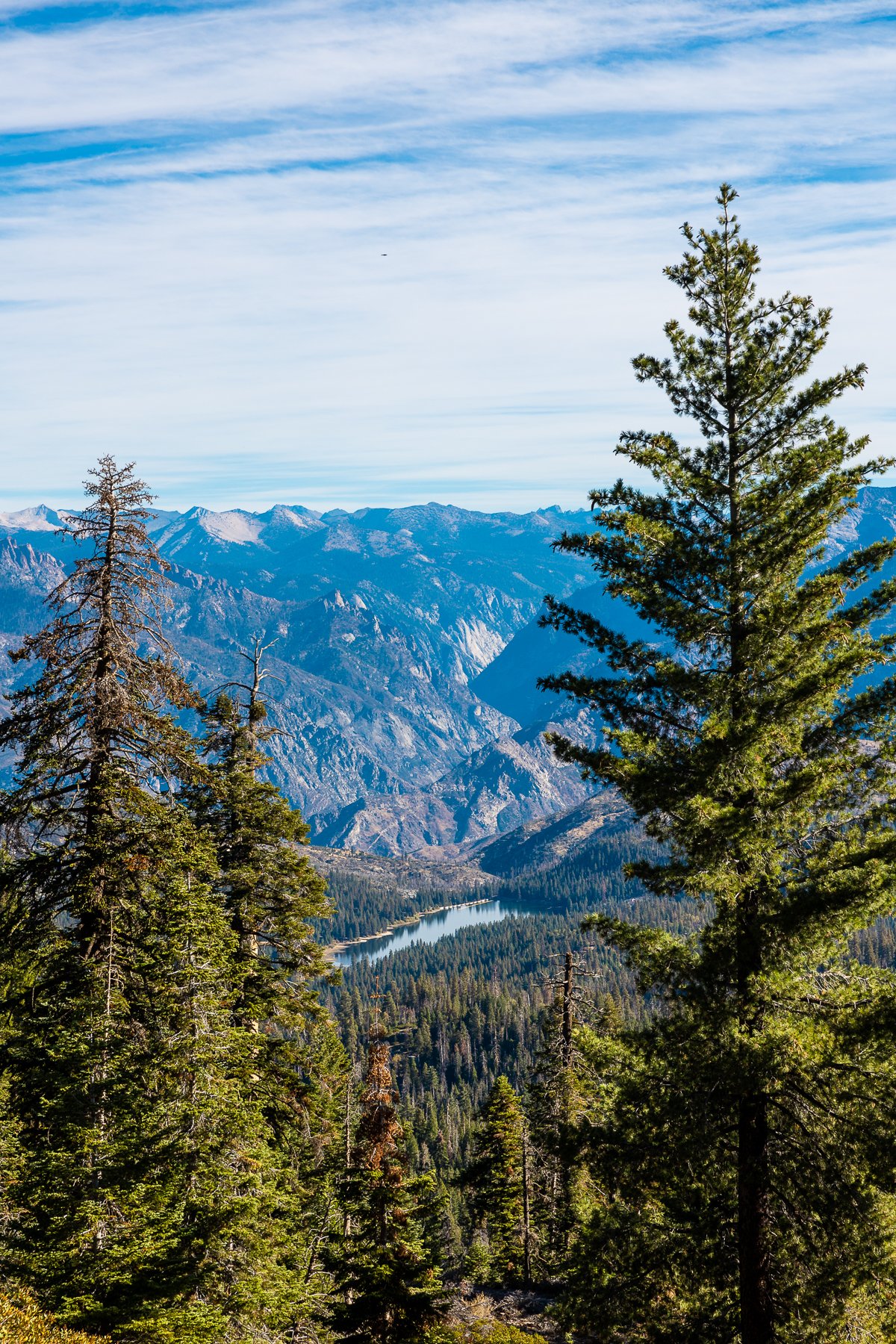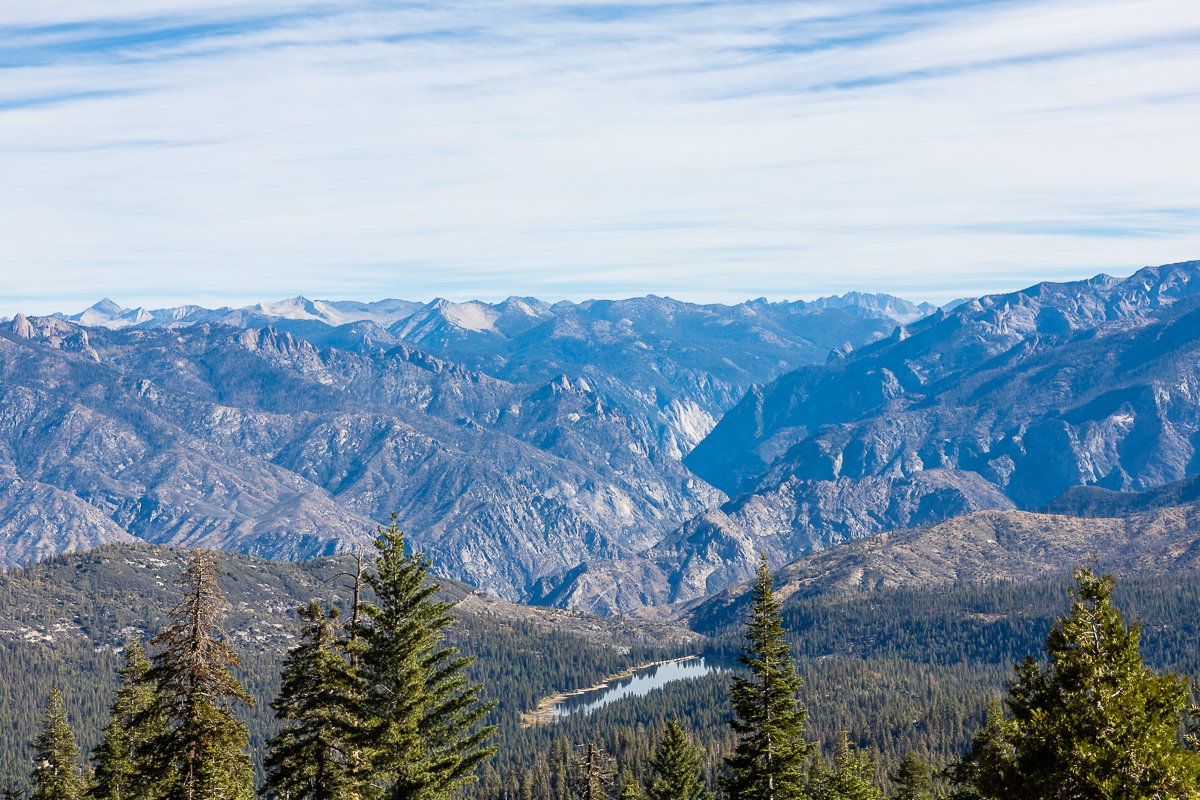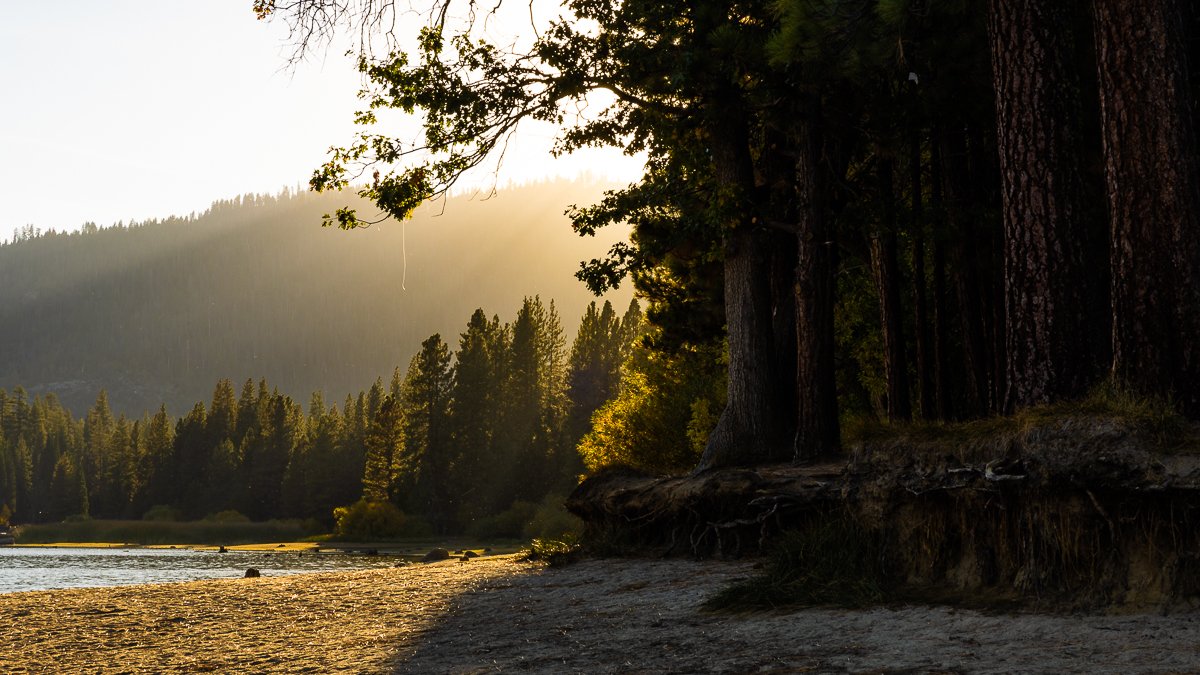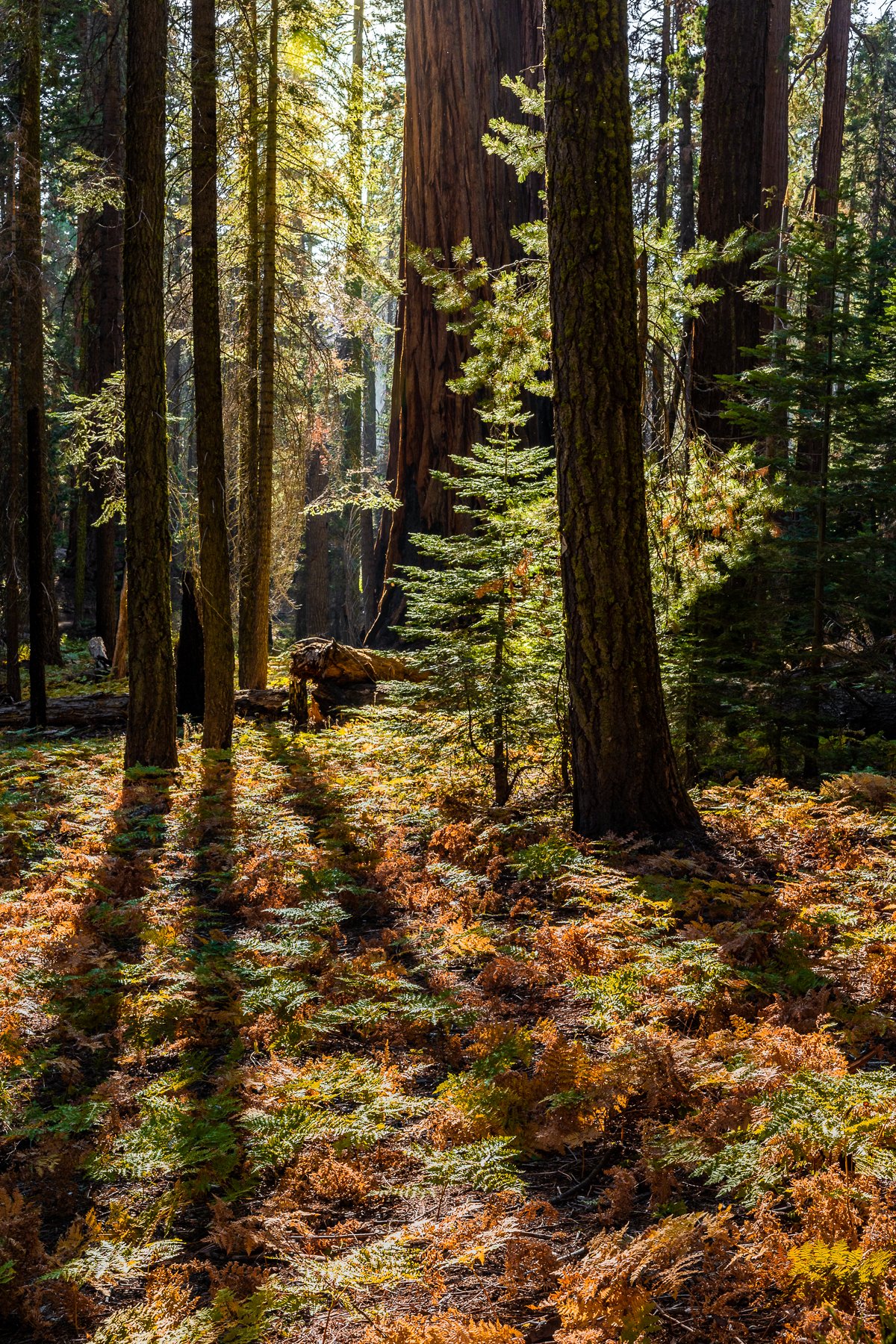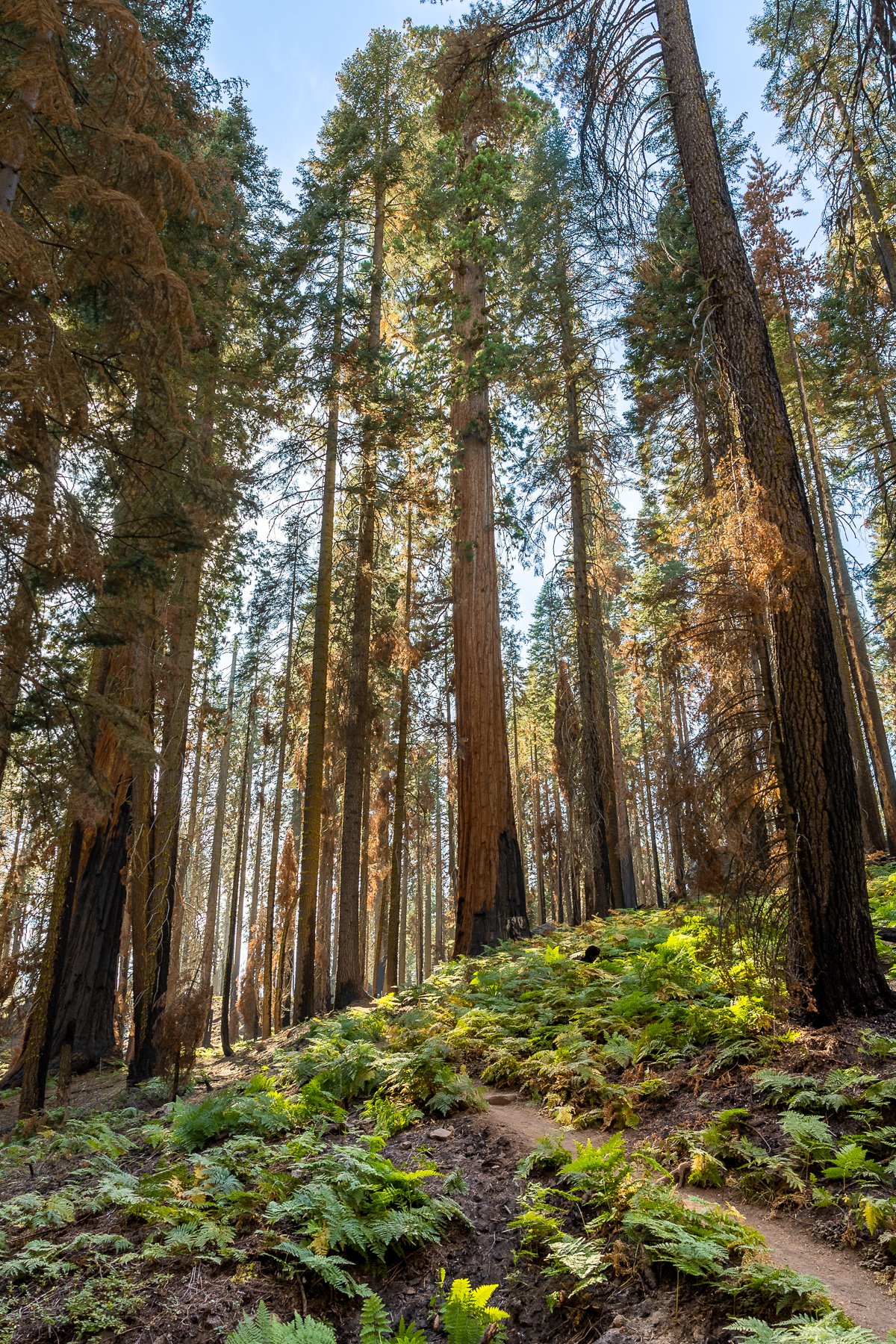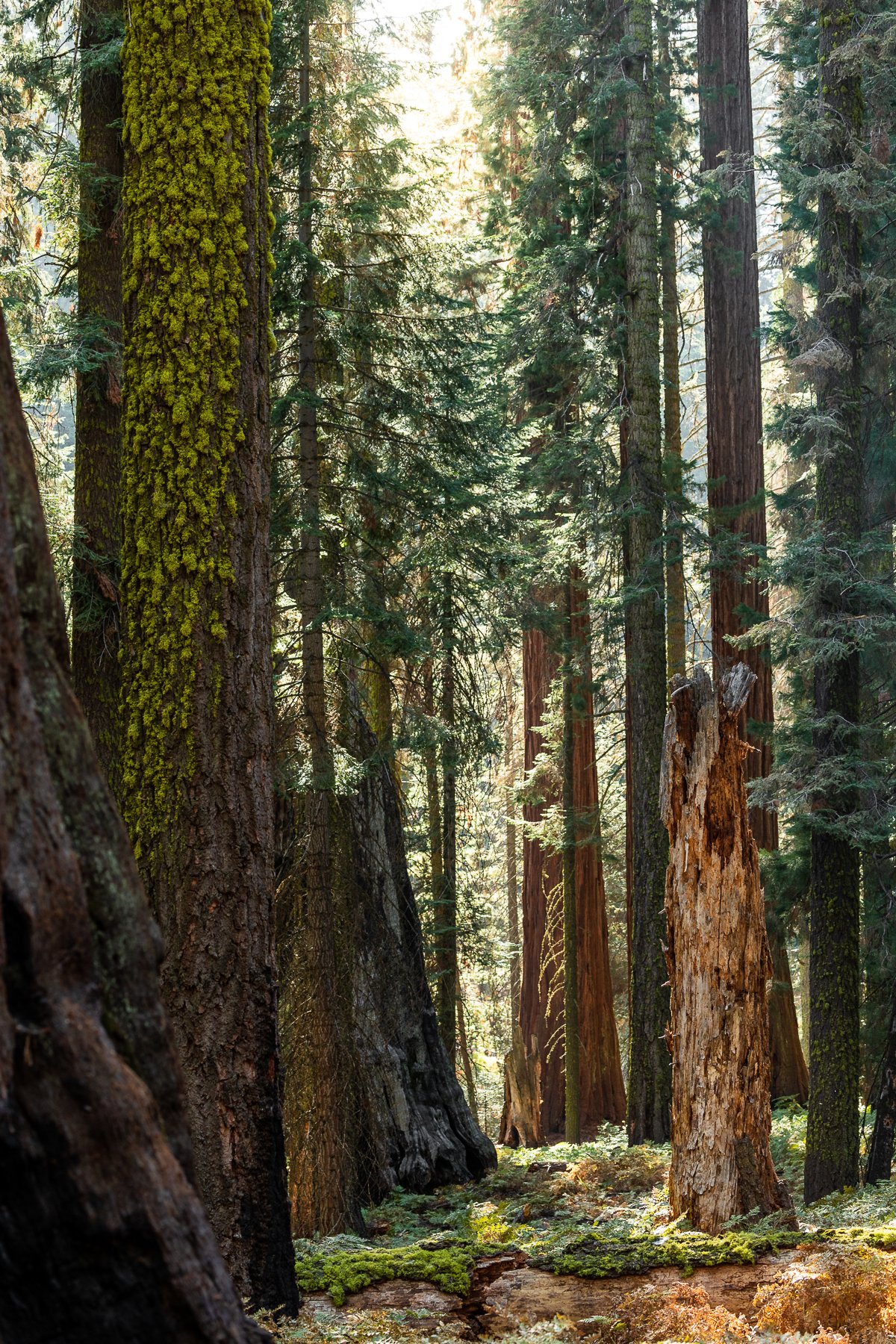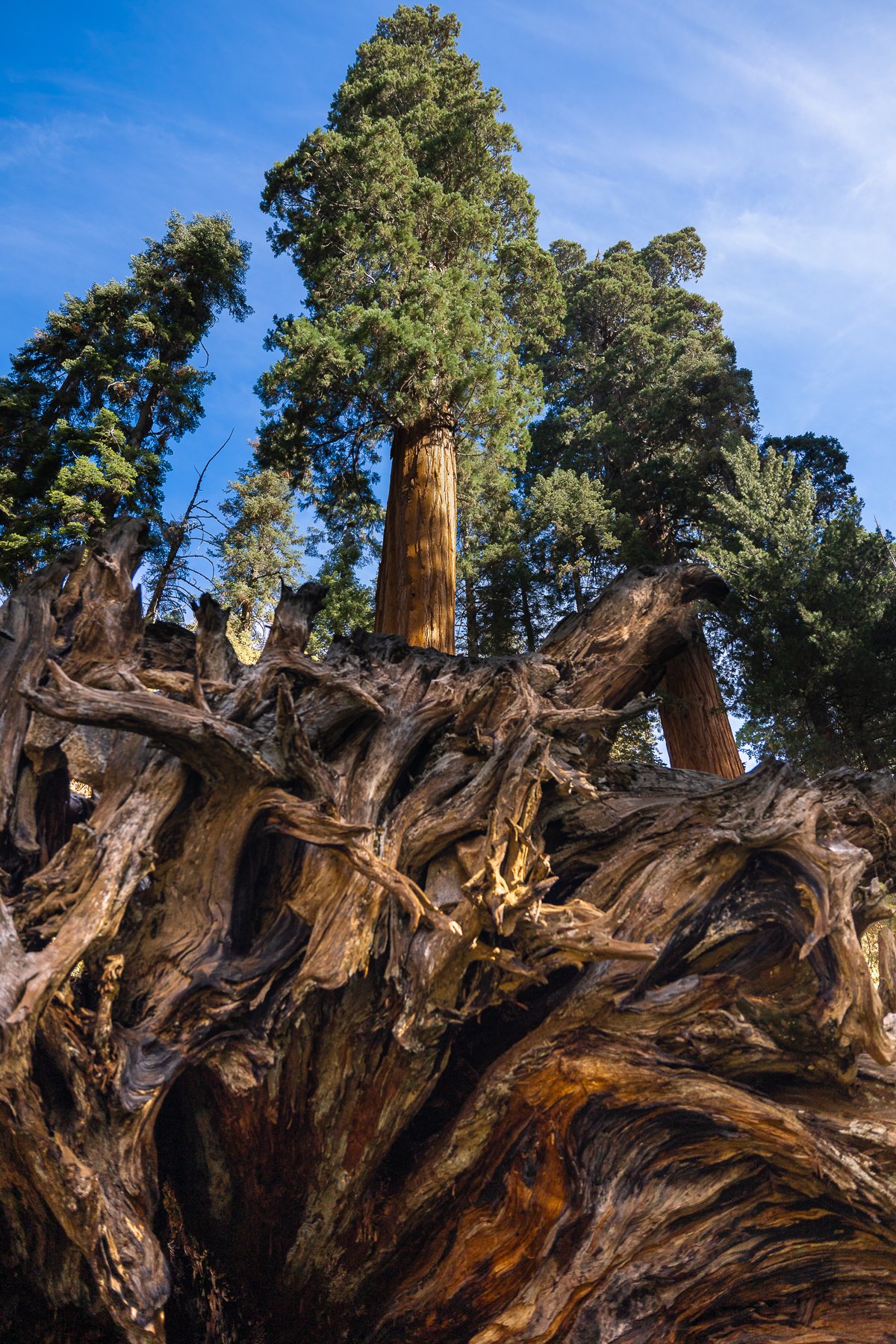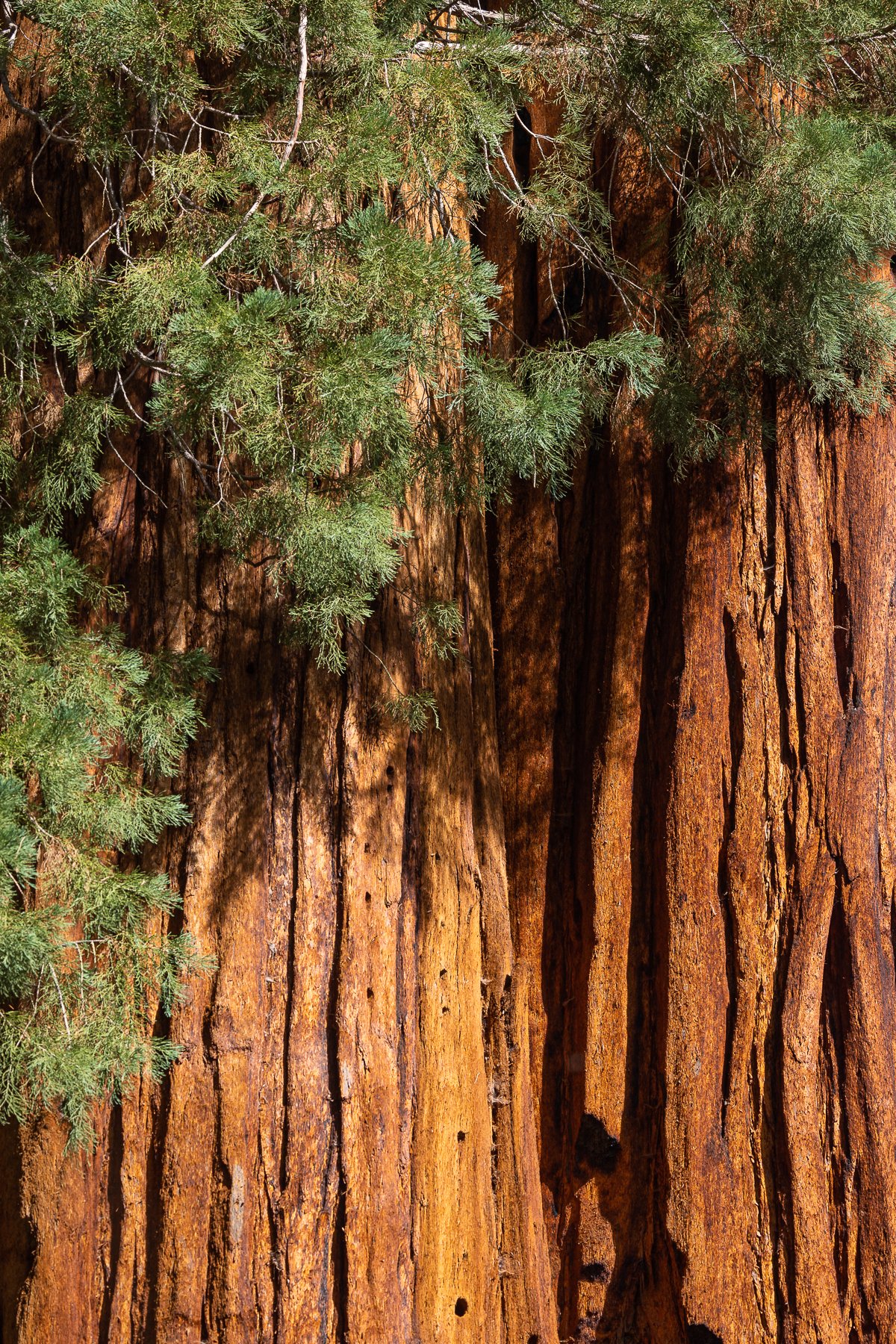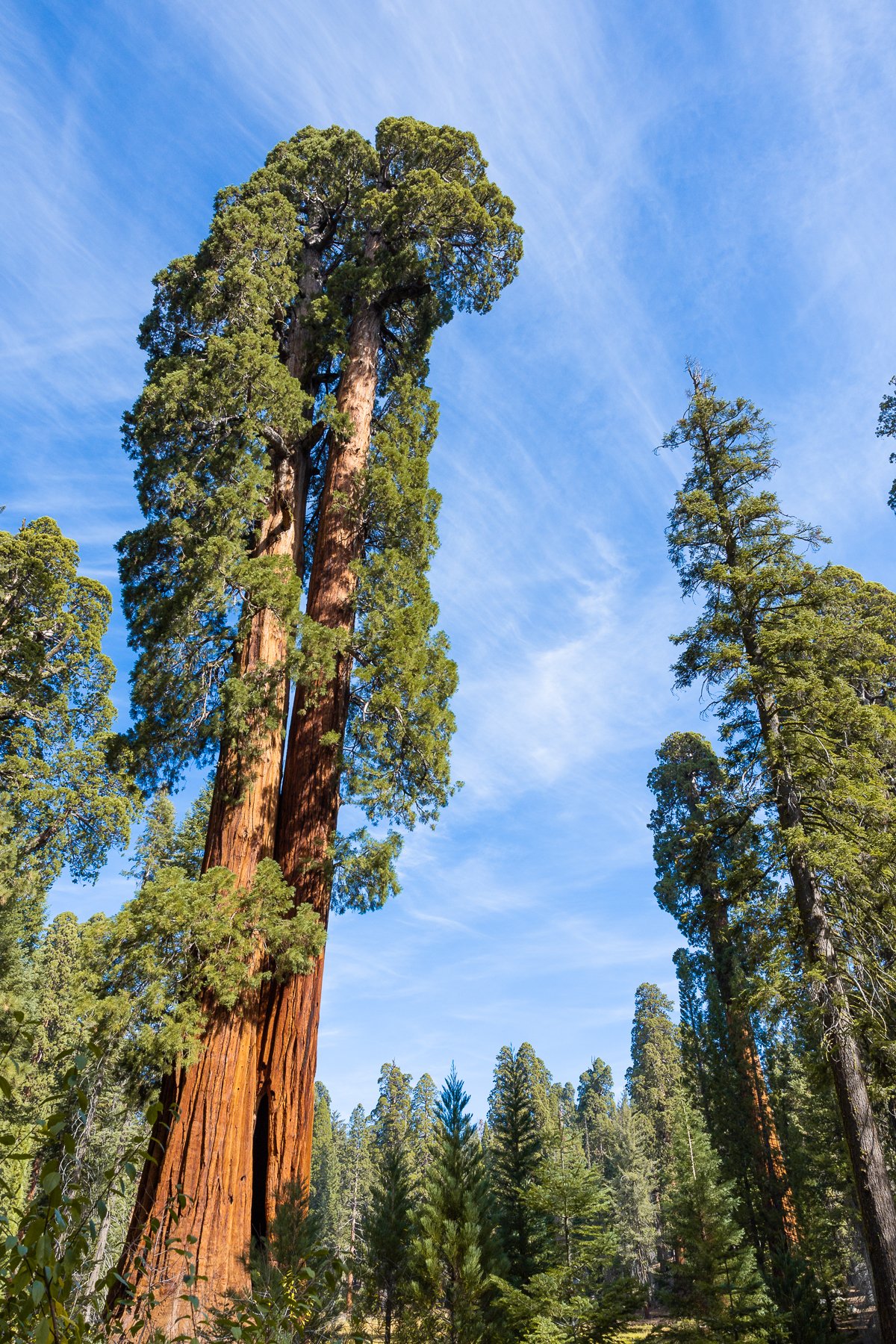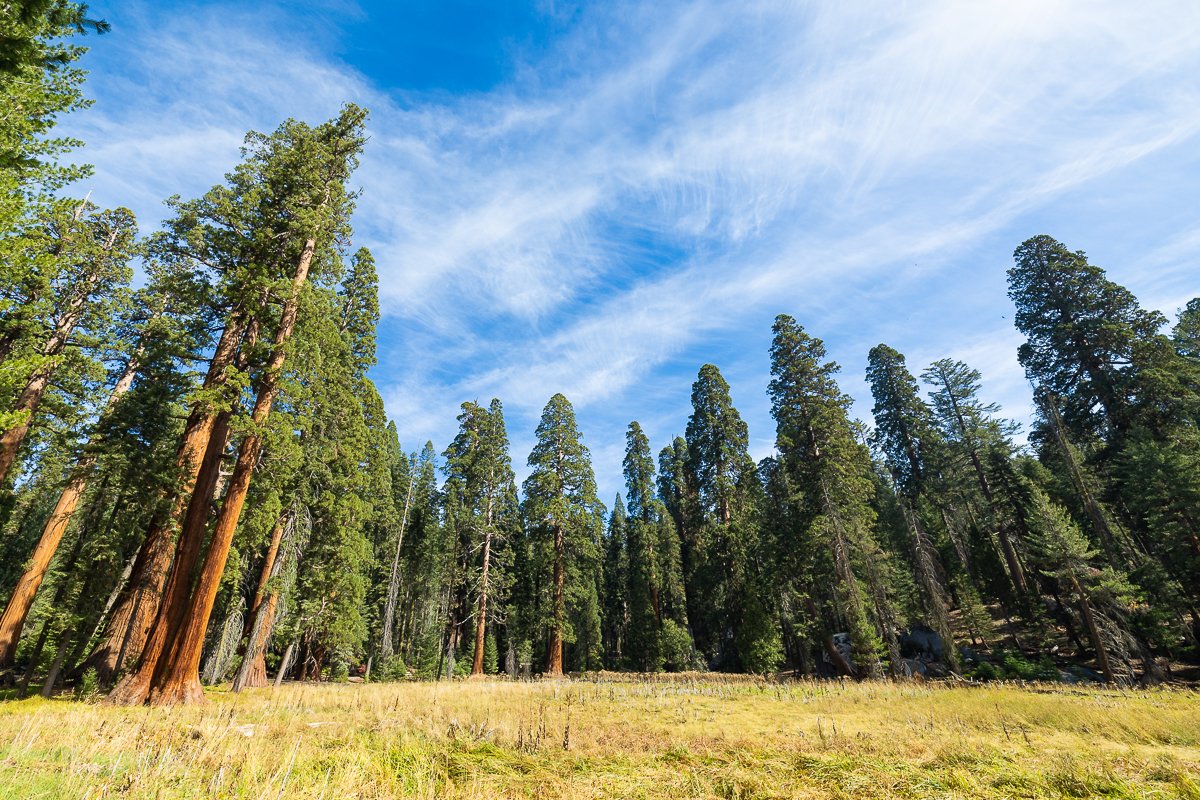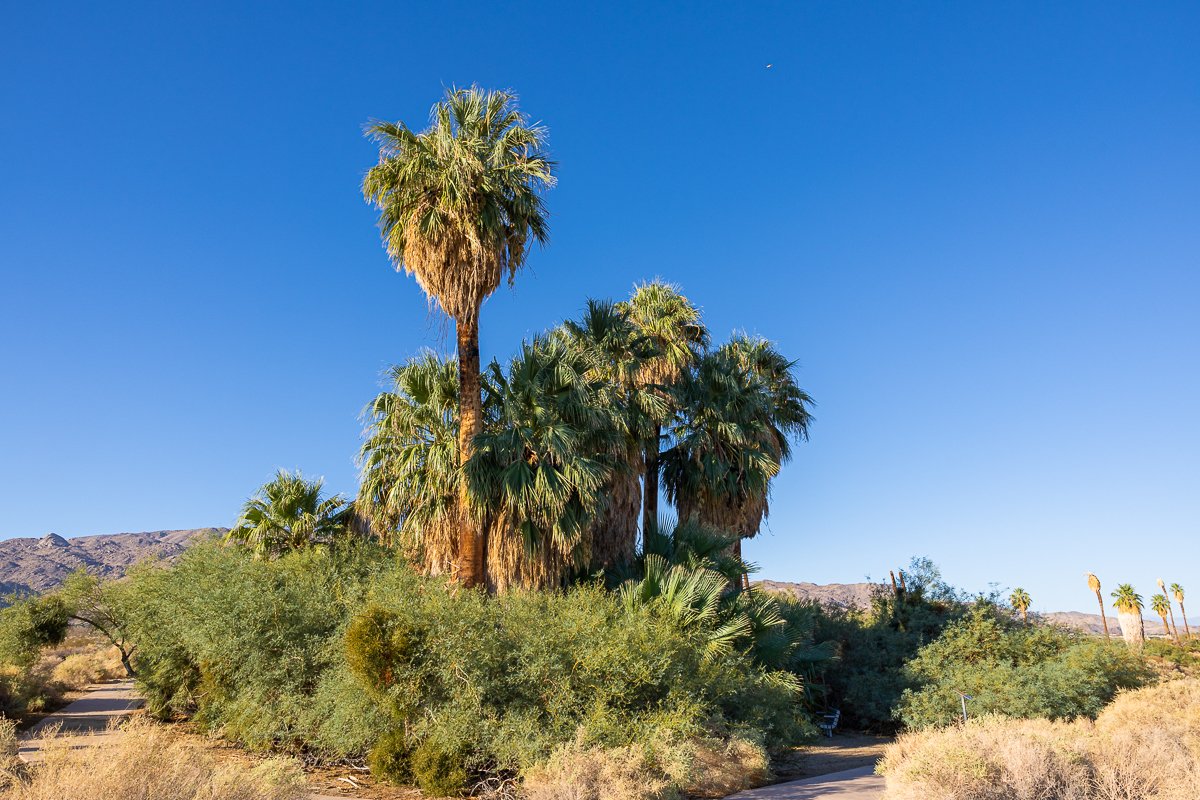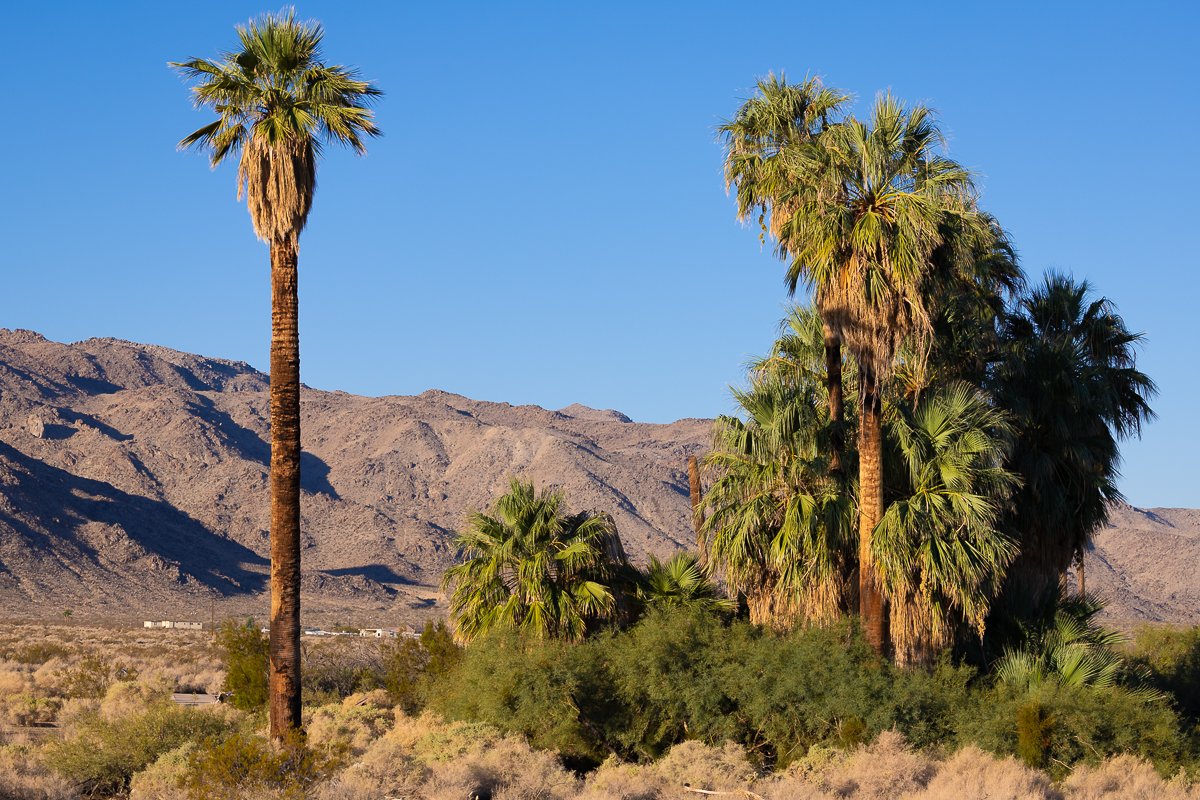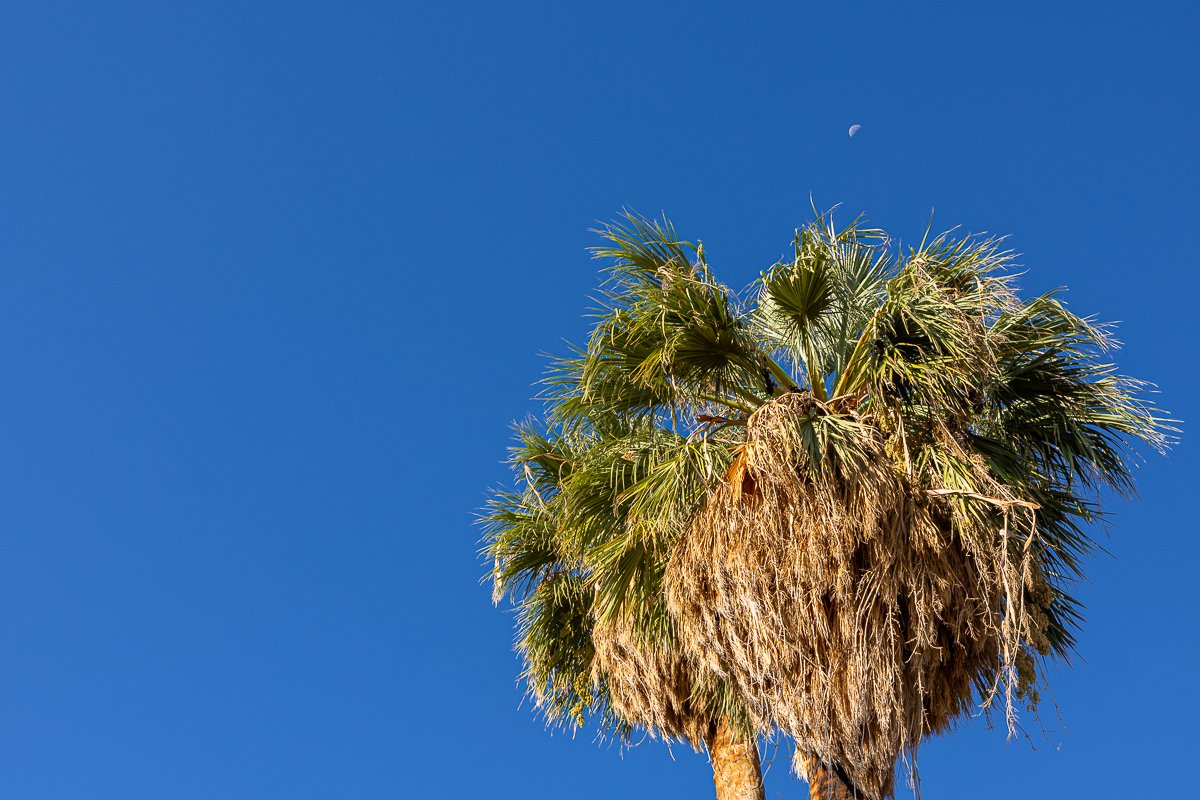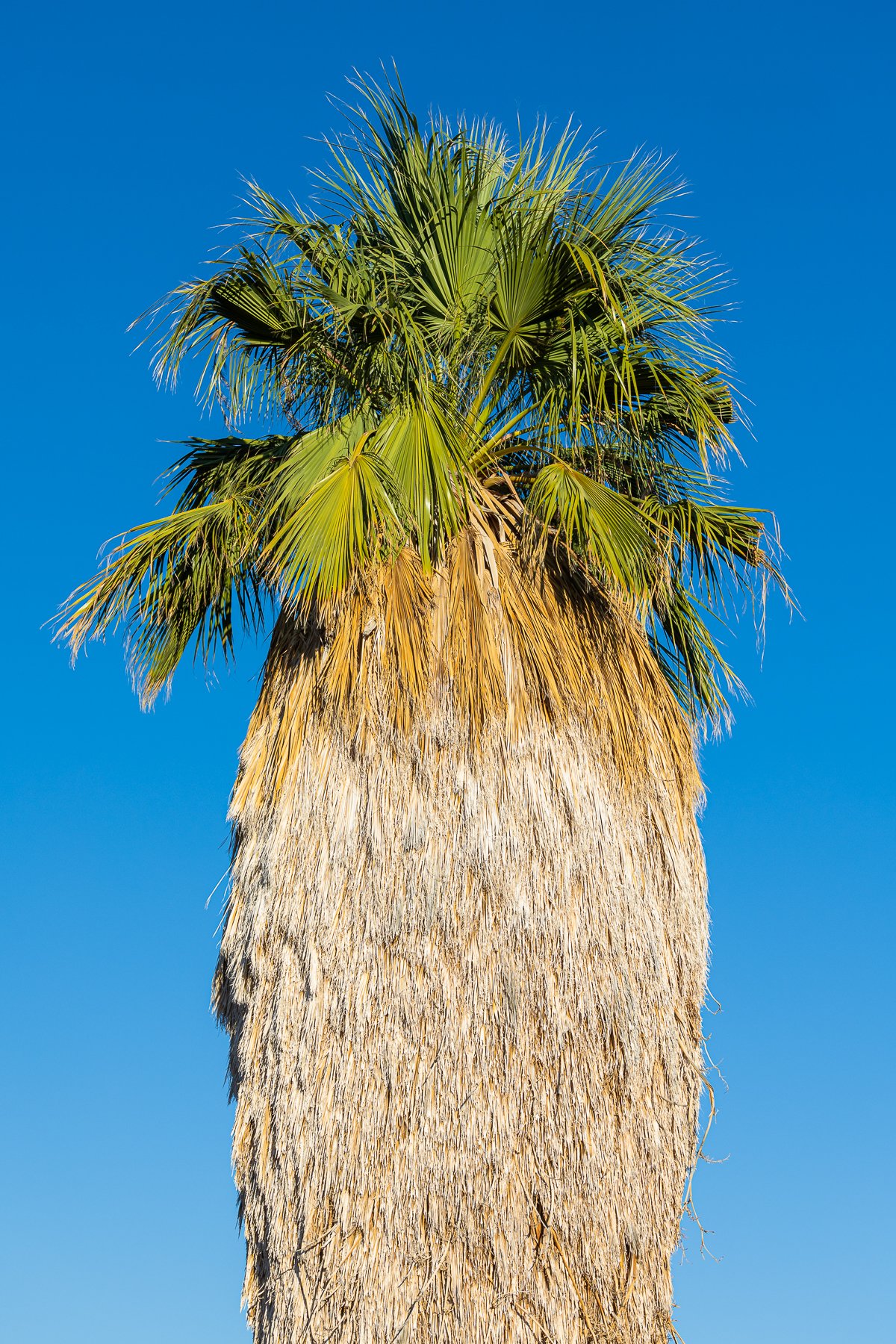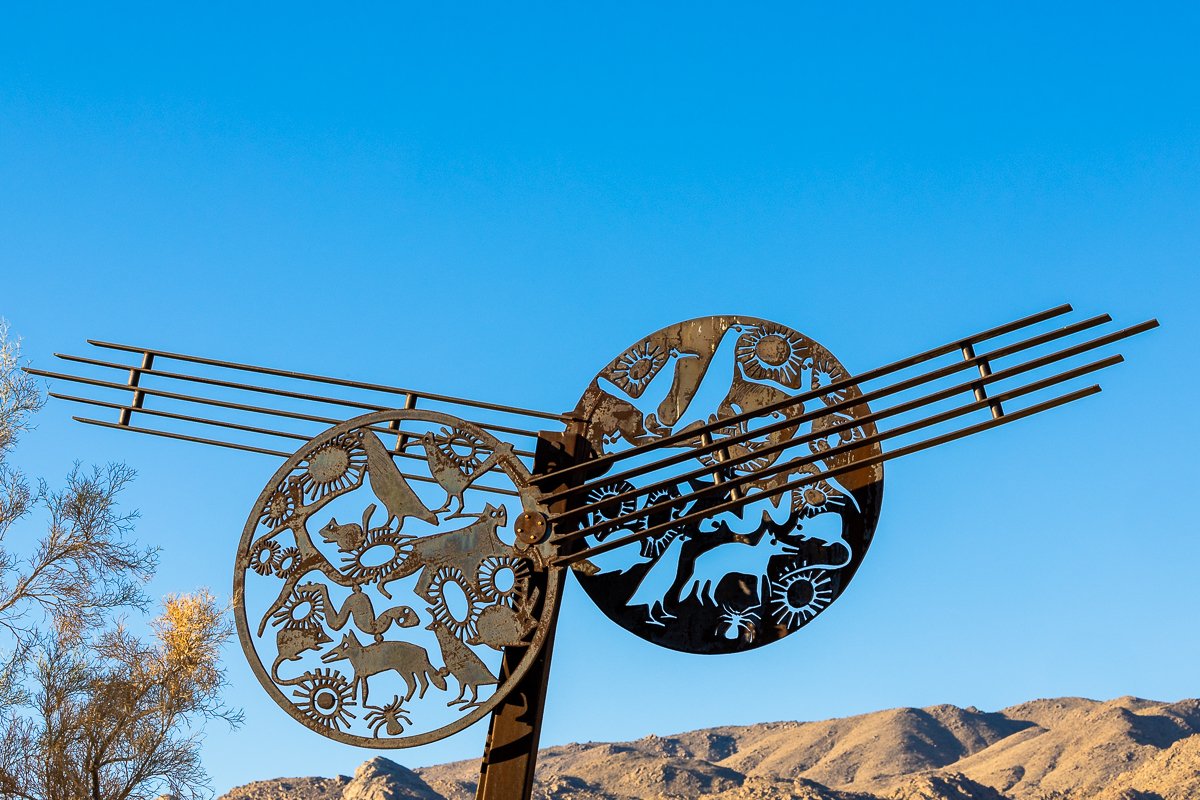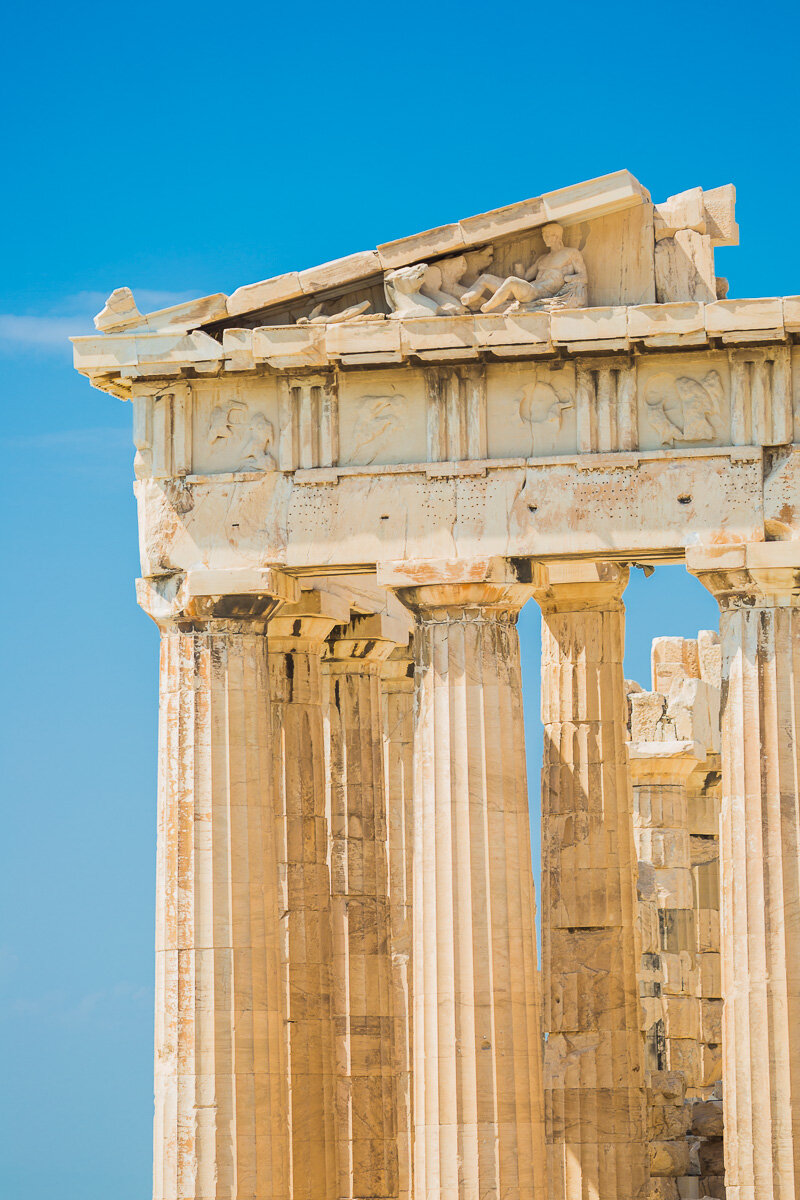I had the privilege of capturing the serene beauty along the Merced River as the landscape unfolded in a quiet symphony of colors and light.
The Merced River, a significant watercourse in central California, plays a crucial role in the geography and history of Yosemite National Park. Originating in the Sierra Nevada mountains, the river flows for approximately 145 miles (233 kilometers) before merging with the San Joaquin River.The Merced River is integral to the landscape of Yosemite, providing the lifeblood for the diverse ecosystems within the park. It meanders through Yosemite Valley, showcasing iconic features like El Capitan, Half Dome, and Bridalveil Fall along its course.
In addition to its natural significance, the Merced River has historical importance, attracting explorers and settlers in the mid-19th century during the California Gold Rush. The river's flow and surrounding areas provided sustenance for Native American communities and later became a vital resource for pioneers and early settlers.
I hope you enjoy these tranquil images of Merced River on a frosty winter morning at Yosemite National Park.

